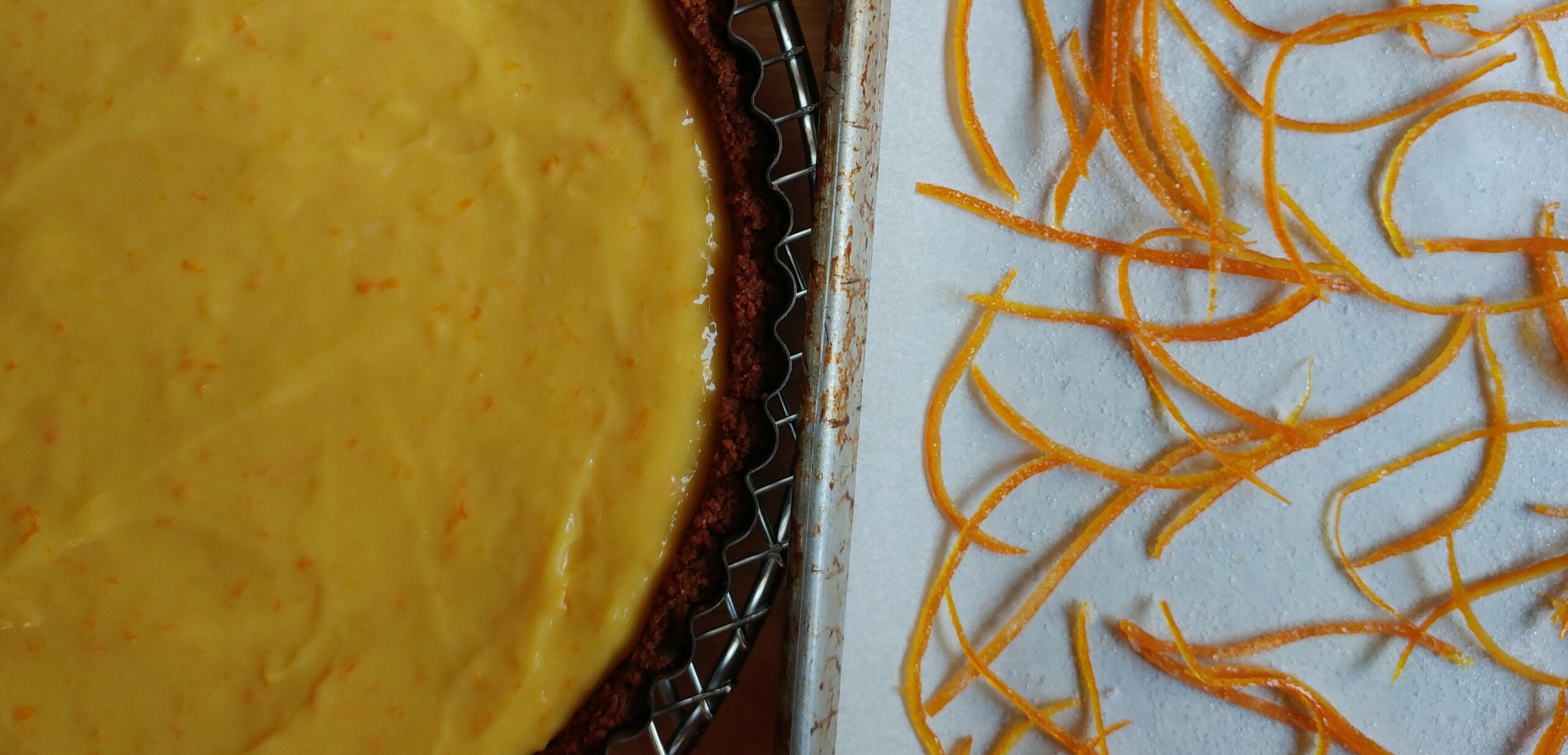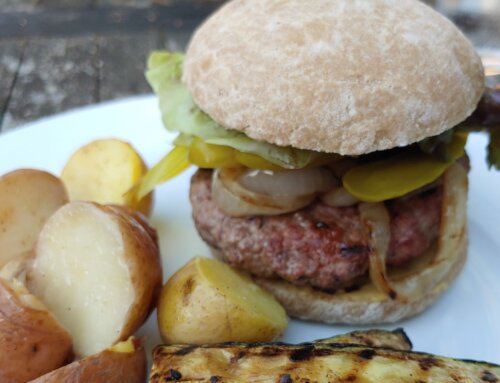Information. Yes. Definitely have some, lots of it in fact. Good information about the ingredients and preparation method is key to getting your point across in a well-written recipe. But how much? What kind? And how exactly to express it?
“Know your audience” is a recurring theme with recipe writing, and here is a perfect example: step back for a second and think about who’s going to be using this particular recipe and how much information that home cook will likely need. There is no one-size-fits-all approach.
A bread recipe, for instance will need less detail for experienced bakers—“Autolyse the dough,” can suffice for them, while most others will need description of that process to have any luck recreating the recipe. If your recipe will be for well-versed home cooks, you might get away with “Blanch the green beans,” but others may not know what that means exactly. I prefer to err on the side of a bit too much detail, rather than not enough, in hopes of covering what most readers will need.
Yes, of course, readers can simply Google “blanching green beans” but (a) you can’t guarantee the version they find is one you’d approve of and (b) once they leave your recipe they may not make their way back. Shoot for being the only resource they’ll need to succeed with that recipe.
But know, too, it is impossible to suit all readers all the time and you may still turn off some in trying to strike that balance of enough-but-not-too-much information. Friend and fellow cookbook author Rick Rodgers noted in a Facebook discussion about recipe writing that he’s gotten some push-back on too much detail. “I have written recipes with measurements (“cut into ¼-inch cubes”) only to be told BY READERS that they hate feeling that they have to cook with a ruler by their sides,” he wrote. Still, he echoes my preferences, wanting to “err on the side of too much information and give the measurement.”
Sometimes the tendency toward less rather than more information can be a product of perception—an assumption that long ingredient lists and long method descriptions equal complicated recipes. Nigella Lawson, in this conversation on the Radio Cherry Bombe podcast, bemoaned the idea that recipes shouldn’t be too long. “I fear in this huge drive to have recipes not turn a page in cookbooks, key guidance is left out, all in the sake of brevity, ” she said. “Shorter doesn’t always mean simpler to follow.” Nigella, too, opts for more information over less.
Future posts will get into more detail about the specifics of the various recipe components and how to approach the degree of detail expressed in each. For now, consider that more information is generally better. And keep in mind that other factors—such as a style guide used on a particular project, or the space constraints of a particular platform—can influence exactly how you approach the amount and type of information provided for a given recipe.
I wrote a post a while back about one of my very early recipe-writing experiences that left a great deal to be desired in terms of the information someone else might need to recreate the dish. It proved a great exercise in filling those gaps with information and descriptive detail, general good recipe-writing practices.




